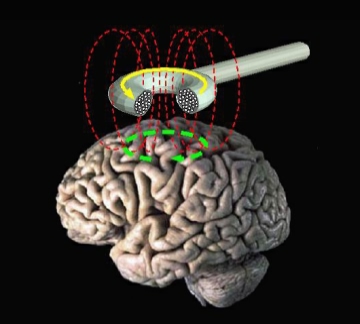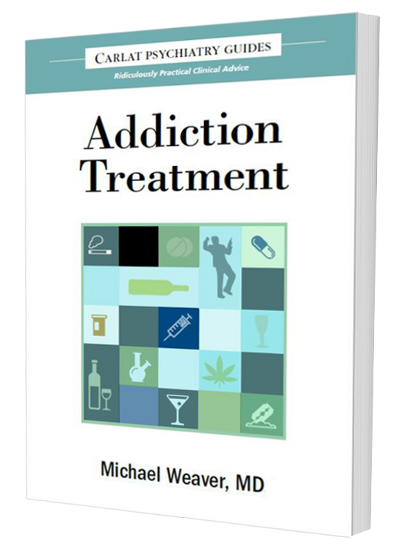Flibanserin (brand name Addyi) has just received a controversial and
complicated FDA approval for the treatment of low sex drive in women. There’s a lot of
outrage in the blogosphere, much of it centered on the
lobbying of the FDA by disease advocacy groups. I agree that this politicization of what should be a scientific process is embarrassing to both Sprout and its supporters. Nonetheless, I'm not nearly as hard on flibanserin as some of my colleagues.
Here’s why.
1. Hypoactive Sexual Desire Disorder is as real as any other source of distress, and deserves treatment.
Sure, I get that when it comes to subjective problems, it’s easy to stretch the definition of what constitutes a disease. But who are we to judge whether an affliction is severe enough to merit treatment? An example is social anxiety disorder. Some call it the medicalization of shyness. But if you’ve ever treated someone with this problem, you know that extreme shyness can limit your potential for a normal, happy life.
Low sexual desire may not be a public health emergency, but it’s a real problem for about 10% of women. If they want to take a pill to make their lives a little better, why not? We allow Botox for wrinkled eyebrows, Rogaine for hair loss, Provigil for jet lag. Why not a drug for low sexual desire?
2. Flibanserin is a female Viagra—just a much less effective version.
Lots of
bloggers are saying that Flibanserin is no female Viagra. I don’t buy it. Trivially, yes, they are different drugs because they have different mechanisms of action. Viagra and the rest of the PDE-5 inhibitors enhance erection by shunting more blood to the vessels of the penis. Addyi’s specific mechanism isn’t known, but the drug is a serotonin 1A receptor agonist and a serotonin 2A receptor antagonist and enhances sex via greater desire. But the purpose of both drugs is the same—they are supposed to improve peoples' sex lives. Whether they do it via blood flow or serotonin doesn’t really matter.
However, there is one huge difference between Viagra and Addyi—namely, Viagra is extraordinarily more effective than flibanserin. Studies of Viagra and other PDE-5 inhibitors have found that around 80% of men on the active drug report erectile improvements vs. 20-30% of men taking placebo. That means that 50-60% of men gain benefit over and above placebo. Flibanserin?
The FDA’s analysis of the data concluded that 8-13% of women had some desire benefit beyond the effects of placebo. If Viagra is a Starbuck’s triple espresso, flibanserin is a Dixie cup of cafeteria coffee.
3. Flibanserin causes side effects. In addition, water is wet.
Come on, the nature of all medical treatment is a balance between benefits and side effects. Antipsychotics cause weight gain, antidepressants cause impotence, Viagra causes lightheadedness and low blood pressure especially if combined with nitrates. Flibanserin causes side effects too, such as sedation, dizziness, and low blood pressure.
There’s also an interaction with alcohol but we don’t know how dangerous it is. The company did a study of 25 people (most of whom, oddly enough, were men), and found that one person fainted when combining flibanserin with a moderate amount of alcohol. Five people got dizzy on the combination, but three people also got dizzy in the alcohol plus placebo group, and 4 got dizzy with flibanserin alone. (For the results of the Alcohol Study,
see page 77 of this PDF report.)
So it’s not clear from these data how concerned we should be. Certainly, Sprout needs to do more studies. An alcohol contraindication is reasonable. Do we really need to limit flibanserin scripts to certified prescribers? Do we really need a REMS, and the requirements for CME that will inevitably be funded by the manufacturer? It sounds like a case of FDA over-reaction to me. I’ve been prescribing MAOI antidepressants (another "dangerous" drug) to patients for years. There’s a long list of foods they can’t eat and meds they can’t use. Our discussion of side effects is part of a standard medical visit. I don’t need a special certification to talk to my patients about these things.
4. Flibanserin will, indeed, be prescribed off-label, just like virtually every other FDA-approved medication.
The FDA indication for flibanserin is highly restricted. It’s indicated only if there is low sexual desire without any clear cause. Thus, if the patient is depressed or anxious, and you think that may be contributing toward the low desire, it’s off-label. If there’s a medical condition, like cancer, causing the problem, it’s off-label. It's undoubtedly true that in the real world, doctors are going to be prescribing the drug for these off-label populations and many more. That’s no different from most other meds we prescribe. In psychiatry, for example, almost all the medications we prescribe for children are off-label, because there are so few meds with FDA approval.
5. Adriane Fugh Berman said it best as quoted by the New York Times: Flibanserin is a “mediocre aphrodisiac with scary side effects.”
But often in medicine, that’s exactly what we have to work with: mildly effective medications with side effects. Flibanserin may be mediocre, but it’s not ineffective. I look forward to cautiously prescribing it to those women in my practice who might benefit from it. Time will tell whether it becomes popular. If it’s as mediocre as the data suggests, patients won’t refill their prescriptions—in which case the market will quietly close the door on the little pink pill.
























